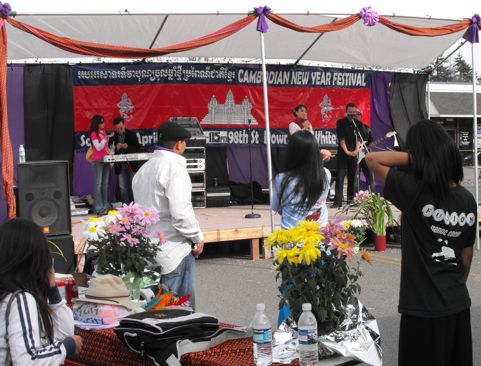
The share of the population ages 16 and older who are not employed differs from the unemployment rate because the share not employed is based on the total population, while the unemployment rate is based on those who are in the labor force (i.e. “Full-time, year-round workers” are defined as people ages 16 and older who usually worked at least 35 hours per week and at least 48 weeks in the past year. Households are classified by the race or detailed Asian group of the head. Note: The household population excludes persons living in institutions, college dormitories and other group quarters. The symbol *** indicates insufficient number of observations to provide a reliable estimate.

UNEMPLOYMENT RATE (civilians ages 16 and older in the labor force) MEDIAN ANNUAL PERSONAL EARNINGS (ages 16 and older with positive earnings)ĮMPLOYMENT STATUS (civilians ages 16 and older) Source: Pew Research Center analysis of 2017-2019 American Community Survey (IPUMS).Įconomic characteristics of U.S. Figures for all Asians based on mixed-race and mixed-group populations, regardless of Hispanic origin. Due to data limitations, figures for Cambodians based on single-race population only, regardless of Hispanic origin. Figures may not sum to 100% due to rounding. Multigenerational households are households with two or more adult generations or one that includes grandparents and grandchildren. Households with a household head and an unmarried partner are only considered family households if there are other persons in the household who are related to the household head by birth, marriage or adoption. Note: Family households are those with a household head and one or more persons living in the household who are related to the household head by birth, marriage or adoption. Women who have given birth in the past 12 months

Pew Research Center Demographic characteristics of U.S.


 0 kommentar(er)
0 kommentar(er)
